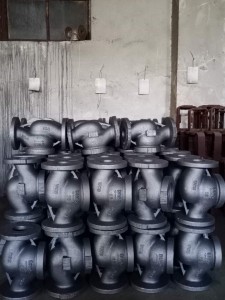Precision forging forming technology refers to the forming technology of mechanical components that requires little or no processing after the parts are formed. In production practice, people are used to divide the precision forging forming technology into: cold precision forging forming, hot precision forging forming, warm precision forging forming, compound forming, block forging, isothermal forging, split forging, etc.
1. Cold precision forging
Forging metal materials without heating directly, mainly including cold extrusion and cold heading.
Cold precision forging forming technology is more suitable for multi-variety small batch production, mainly used to manufacture various parts of automobiles, motorcycles and some tooth-shaped parts.
2. Hot precision forging
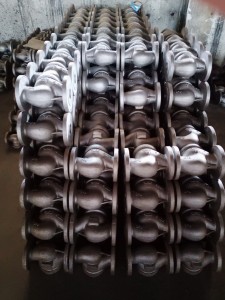
Mainly refers to the precision forging forming process above the recrystallization temperature. Most of the hot precision forging process uses closed die forging, which requires high precision of the die and equipment. The blank volume must be strictly controlled during forging, otherwise the internal pressure of the die is prone to be large. Therefore, it is usually use the principle of shunt and buck when designing closed die forging mould to solves this problem.
At present, most of the straight tooth bevel gears used in trucks in China are produced by this method.
3. Warm precision forging
Is a precision forging process performed at a suitable temperature below the recrystallization temperature. However, the forging temperature range of warm forging is relatively narrow, and the requirements for the mold are relatively high. Usually, special high-precision forging equipment is required.
The warm precision forging process is generally more suitable for mass production, forging medium yield strength materials.
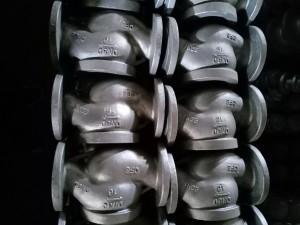
4. Compound molding
Is mainly a combination of cold, warm, hot and other forging processes, taking advantage of the shortcomings to achieve the desired effect.
Compound forming is a standard forging method for high-strength parts such as gears and pipe joints.
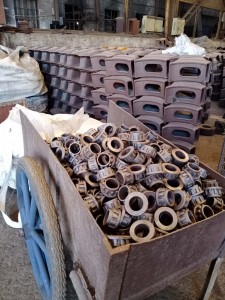
5. Block forging
Is a forming process that uses one or two punches to squeeze the metal in one or two directions in one step to form a precision forging without flash.
Is mainly used to produce bevel gears, car constant velocity universal joint star sleeves, pipe joints, cross shafts, bevel gears and other products.
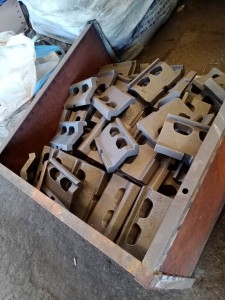
6. Isothermal forging
Refers to blank forging at a constant temperature.
Used for metal materials and parts that are sensitive to deformation and difficult to form, such as titanium alloys, aluminum alloys, thin webs, and high ribs.
7. Shunt forging
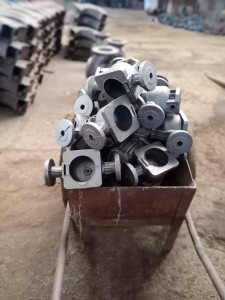
Is to create a material distribution cavity or distribution channel in the forming part of the blank or mold to ensure the material filling effect.
Split forging is mainly used in the cold forging forming process of spur gears and helical gears.
Post time: May-12-2020

